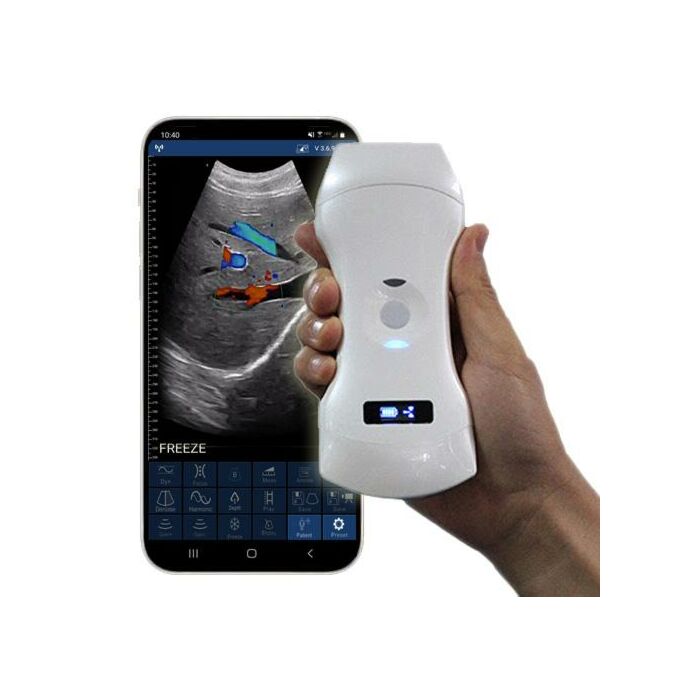Portable Ultrasound: Revolutionizing Emergency and Rural Healthcare
Ultrasound imaging has long played a crucial role in modern diagnostics, but the rise of portable ultrasound devices is bringing a new level of accessibility and flexibility to the field. Once limited to large, fixed machines in hospitals, ultrasound technology can now be used in ambulances, remote villages, and mobile clinics—drastically improving healthcare delivery in both emergency and underserved environments.
This advancement is more than just a matter of convenience—it represents a significant shift in how and where medical imaging can be used, especially for populations with limited access to advanced healthcare.
What Are Portable Ultrasounds?
Portable ultrasound systems function on the same principles as traditional machines, using high-frequency sound waves to create images of organs, tissues, and internal systems. However, instead of being bulky and room-dependent, these devices are compact enough to be carried by hand or connected to a tablet or smartphone.
Despite their smaller size, many of these units offer high-quality imaging suitable for a broad spectrum of medical evaluations, including pregnancy monitoring, emergency assessments, and cardiac screenings.
The Critical Role of Portability in Medicine
1. Immediate Imaging During Crises
In high-pressure environments like emergency rooms or disaster response scenarios, immediate imaging can mean the difference between life and death. Portable ultrasound allows for rapid bedside evaluation, enabling clinicians to assess internal injuries or fluid buildup on the spot without needing to move the patient.
In trauma cases, for instance, a portable ultrasound enables a FAST scan to quickly identify internal bleeding—essential for timely treatment decisions.
2. Expanding Reach in Remote Areas
In rural communities or regions with limited medical infrastructure, access to imaging has often been non-existent. Portable ultrasound devices eliminate this barrier, empowering frontline healthcare workers to perform vital scans without needing large machines or specialist technicians.
This is particularly impactful in maternal health, where regular ultrasound monitoring can help detect complications early, dramatically reducing risks for mothers and babies in low-resource settings.
3. Supporting Remote Diagnosis Through Telemedicine
Many modern portable ultrasound units come with wireless capabilities that allow images to be shared instantly with off-site specialists. This feature integrates seamlessly with telehealth systems, enabling remote consultations and second opinions—an invaluable resource for clinicians working in isolation.
4. Affordable and Scalable Imaging
The cost of installing and maintaining a conventional ultrasound system can be prohibitive for small clinics. Portable options offer a far more budget-friendly alternative, making diagnostic imaging accessible in public health initiatives, community health programs, and emergency relief operations.
Challenges in Implementation
While portable ultrasound devices offer significant benefits, they’re not without limitations. Some models have lower image resolution compared to full-sized systems, and users still need proper training to interpret results accurately.
However, advancements in artificial intelligence and guided imaging software are helping to reduce the learning curve, making it easier for non-specialist healthcare workers to use these tools effectively.
Looking Ahead: The Evolution of Mobile Diagnostics
The future of medical imaging is increasingly mobile and user-driven. As portable ultrasound technology continues to advance—with better resolution, integrated AI, and cloud-based data sharing—it’s likely to become a mainstay in both routine and emergency care.
Medical schools and training institutions are already adapting, incorporating portable ultrasound into core education to ensure the next generation of healthcare providers can use these devices confidently across various care settings.
